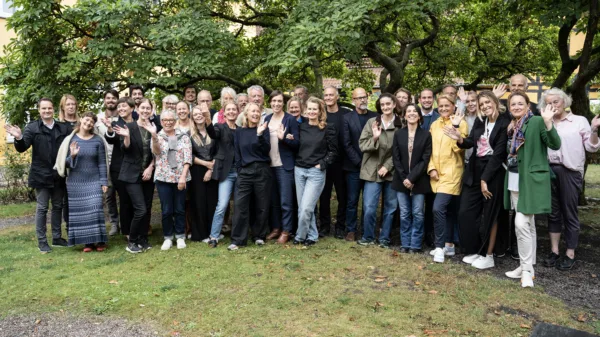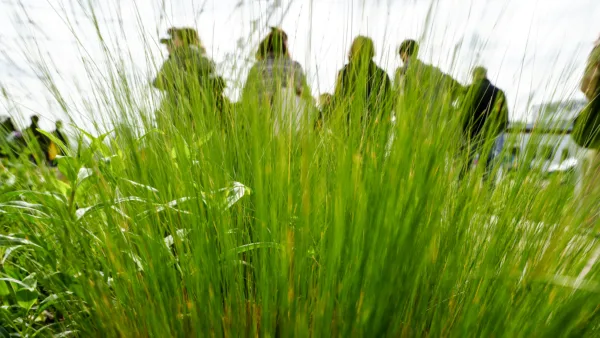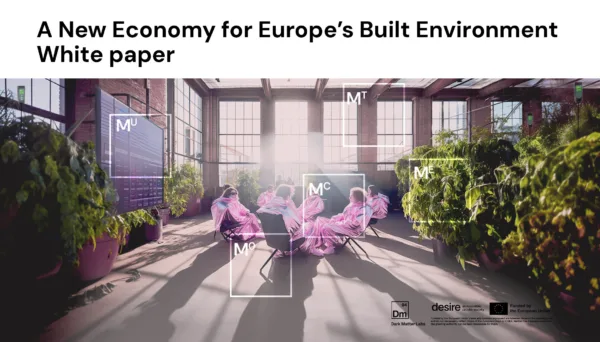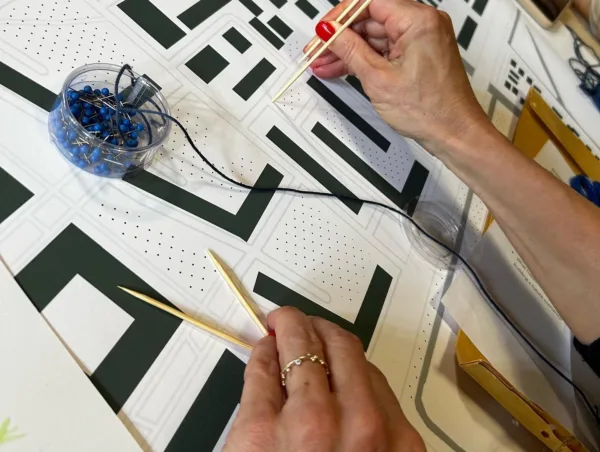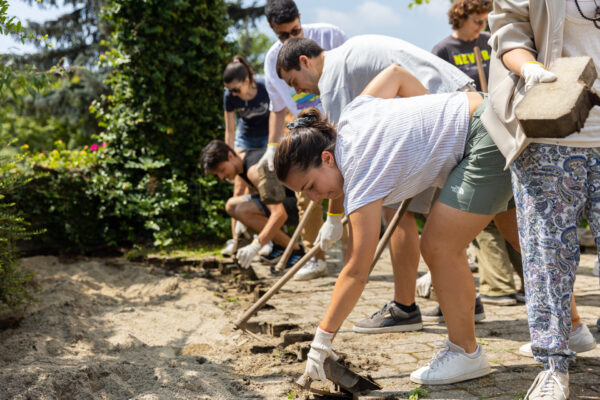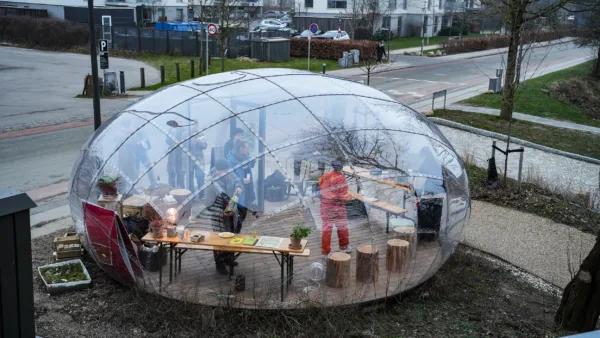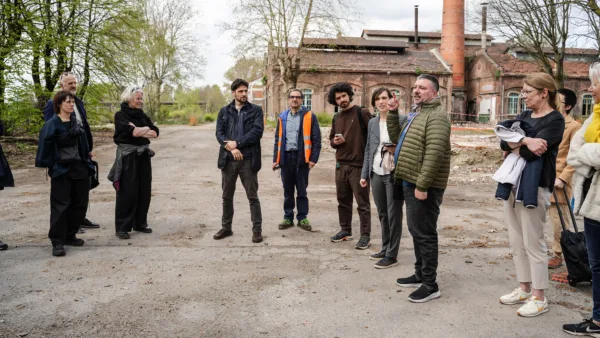Cities are more than just collections of buildings; they are ecosystems where humans and non-humans cohabit, creating spaces that are crucial for thriving communities. The built environment, therefore, becomes a powerful leverage point to reimagine our collective future. To envision a sustainable transition amidst today’s overlapping crises, we must go beyond established norms. We need creative, interdisciplinary approaches that invite everyone to participate. This means integrating the social, economic, and ecological dimensions that form the backbone of a circular and regenerative urban future.
We have learned that real, lasting transformation comes from place-based change, where collaboration among designers, artists, architects, municipalities, and local communities can play an important role. In summary, it is about three things:
- Creating Sustainable Futures Through Deep Engagement
- Designing Urban Spaces for Trust and Ownership
- Innovation Through Art, Design, and Participation
1. Creating Sustainable Futures Through Deep Engagement:
Amsterdam and Kalundborg, Denmark have gained completely new and self-aware groups of citizens who have learned that they too can have a voice in the green transformation. Activities in Riga have taught the municipality how to build trust between authorities and citizens, which is a prerequisite for renovating the many Soviet housing blocks in a sustainable, inclusive and qualitative way.
2. Designing Urban Spaces for Trust and Ownership:
In Kalundborg, Denmark, the first initiative focused on listening to the place and learning from its history. This approach created trust and ownerships and sparked ideas for essential place-based changes. Similarly, BTC City Ljubljana, a business and shopping area, has recognized the value of collaborating across companies, authorities, educational institutions, and local residents to develop a strategy for making the city greener. This approach not only supported a connection with the sites but also built a long-term strategy of becoming the ‘green norm’ of the region through designing green spaces, buildings and identity, also enhancing the city's appeal for future generations.
3. Innovation Through Art, Design, and Participation:
Artistic and design practices are key to engaging communities and transforming places. An example is the Garden Caretaker in Herlev, Denmark, where artists used various methods like fictional writing, sculpting, performance, and audio walks to deepen connections between stakeholders and non-human beings. The urban farming site Cascina Falchera near Torino also lets an artist speak to new audiences with the desire to connect people with nature. In the MIND Milano Innovation District, prominent yellow “Desire benches” follow the thoughts in a ‘Beauty for All’ framework to help decision-makers incorporate beauty and inclusiveness when expanding the area’s enormous main street Decumano.
Learnings from the social housing area, Gadehavegaard in Høje-Taastrup, Denmark show that if you customize co-creation processes to involve young people you may end up with completely new and wild ideas. This has inspired GXN, an architectural firm, to formalize the working method into a free design toolkit.
A Call to Action for European Policymakers
As the Desire project concludes, it becomes clear that sustainable, just urban transformation is only achievable when citizens are at its core. European policymakers must champion these participatory approaches, ensuring that urban projects align with local needs and values. While progress is being made, more research and pilot projects are essential for development of methods that can support a just, inclusive green transition for all. But encouragingly our results demonstrate that by integrating creativity, trust, and co-design principles into policy frameworks, we can pave the way for cities that are not just sustainable but also thriving, inclusive, and beautiful. Read a long version
